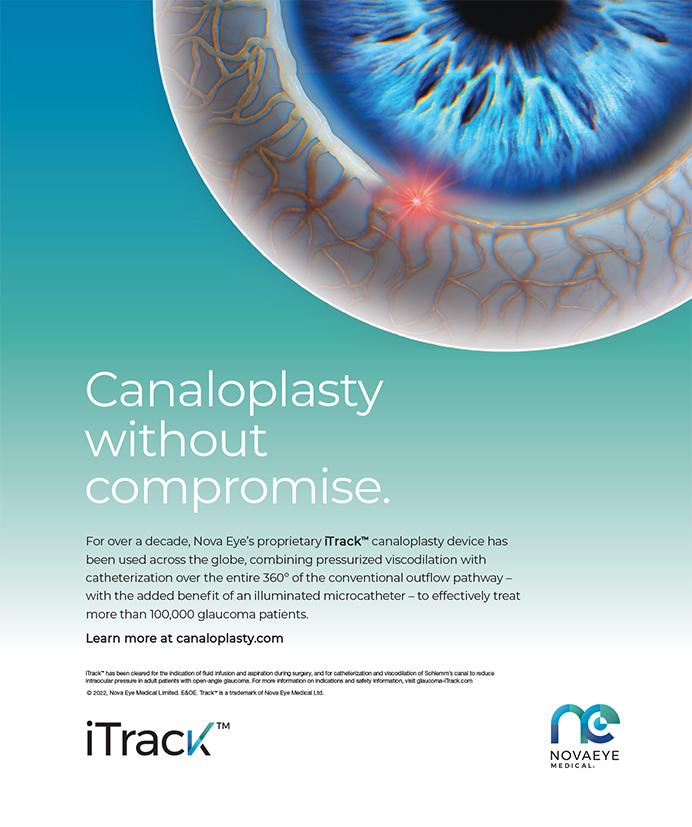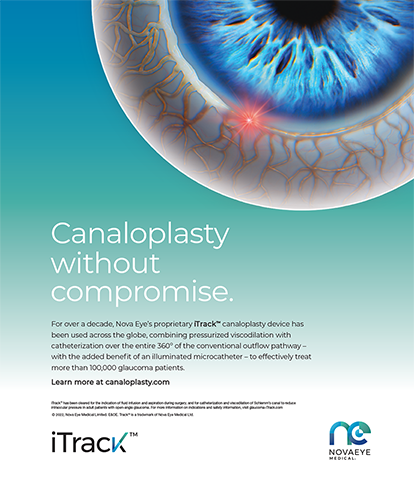
Patients of all ages are presenting with varying degrees of dry eye disease (DED). All too often, DED and its sequelae are advanced by the time symptoms drive patients to visit an eye care provider. These individuals often state that they simply cannot continue to function while experiencing pain, blur, photophobia, and other symptoms. We clinicians know that management can become more difficult when a disease reaches the advanced stages, so it is important to identify patients at increased risk of developing DED and to initiate treatment early.
DIAGNOSIS
An awareness of the multiple factors that can cause patients to experience DED symptoms is key to proper management. Successfully diagnosing and treating patients with DED entails consideration of environmental and behavioral factors, systemic diseases and systemic treatments, topical medications, and surgical and contact lens wear history. We must also pay close attention to clinical findings.
Environment. The environmental side of DED is often dismissed or overlooked, but air quality can play a significant role in the development and exacerbation of DED.1 The amount of particulate matter, humidity level, high altitudes, high temperatures, gas pollutants, aerosols, and other air pollutants in a patient’s home or work environment can cause DED. When the clinical findings point to DED, questions about a patient’s environment can help identify drivers of the disease and ways to address them.
Screen time. Al-Mohtaseb and colleagues confirmed that “digital screen use is associated with [DED], that digital device use alters blinking dynamics, and that dry eye affects mental health and work productivity in digital screen users.”2 Digital devices are ubiquitous, so nearly every patient we see is at risk of developing DED. It is important to include entrance questions on patients’ vocations and avocations and on their total duration of electronic screen use during a typical day. It is unreasonable to expect people to cease using digital devices entirely, but we can educate them on how prolonged exposure to screens can affect their health and how behavioral modifications can slow DED progression.
Systemic disease. Systemic diseases have a strong correlation with DED.3,4 Individuals with inflammatory systemic diseases—particularly autoimmune diseases such as Sjögren syndrome, lupus, rheumatoid arthritis, and undifferentiated connective tissue disease—are at increased risk of developing DED.5 The incidence of DED is also higher among patients with diabetes.6 Individuals with other common systemic health conditions such as thyroid diseases like Hashimoto and Graves disease,7 multiple sclerosis,8 allergies and asthma,9 sleep apnea,10 osteoporosis,11 migraine,11 and depression11 have also been found to have a higher incidence of DED.
Patients may not be forthcoming about systemic diseases when they are providing a health history, or they may question what a systemic health diagnosis has to do with their ocular health. Well-trained staff members and a comprehensive health history intake form can be used to identify patients who have systemic diseases that may increase their risk of DED.
Topical medical therapy. Topical ophthalmic medications can destabilize homeostasis on the ocular surface.12 Benzalkonium chloride (BAK) has been the most common preservative in multidose topical ophthalmic medications for the past 30 years. BAK is an effective and cheap preservative that has demonstrated efficacy against a wide variety of common pathogens. The extended use of medications preserved with BAK, however, has been implicated in the development of DED.12 We can therefore consider prescribing preservative-free topical medications and agents containing gentler preservatives for patients who require long-term therapy (eg, glaucoma, allergies).
Prior surgery and age. Patients with a history of ocular surgery are more likely to present with DED, so a careful assessment is warranted for those who have undergone cataract surgery, refractive surgery, or ptosis repair.13 Age is another significant risk factor for the development of DED.10
Questions. As I touched on in a previous article (bit.ly/0821Bajwa), adding a few specific items to the examination can enhance our ability to detect DED. Options include questionnaires to rank common symptoms of DED during the workup, an assessment of the ocular surface for signs of DED-associated changes, meibomian gland expression and scoring, ocular surface staining and imaging, and the in-office measurement of inflammation and tear film osmolarity. It is important to bear in mind that the association between DED signs and symptoms is often inconsistent.14
CONCLUSION
After assessing an individual’s risk of developing DED, we can create a customized plan to reduce the likelihood that severe, symptomatic DED will develop. I educate all my patients about their risk of developing DED. I have also found it beneficial to refer patients to information both in print and on my practice’s website. These steps build a foundation for the follow-up assessment where I can recommend a treatment tailored to their specific needs.
1. Mandell JT, Idarraga M, Kumar N, Galor A. Impact of air pollution and weather on dry eye. J Clin Med. 2020;9(11):3740.
2. Al-Mohtaseb Z, Schachter S, Shen Lee B, Garlich J, Trattler W. The relationship between dry eye disease and digital screen use. Clin Ophthalmol. 2021;15:3811-3820.
3. Centers for Disease Control and Prevention. Increasing prevalence of diagnosed diabetes-United States and Puerto Rico, 1995-2010. Morb Mortal Wkly Rep. 2012;61(45):918-921.<
4. Lerner A, Jeremias P, Matthias T. The world incidence and prevalence of autoimmune diseases is increasing. Internat J Celiac Disease. 2015;3(4):151-155.
5. Henrich CF, Ramulu PY, Akpek EK. Association of dry eye and inflammatory systemic diseases in a tertiary care-based sample. Cornea. 2014;33(8):819-825.
6. Zhang X, Zhao L, Deng S, Sun X, Wang N. Dry eye syndrome in patients with diabetes mellitus: prevalence, etiology, and clinical characteristics. J Ophthalmol. 2016;2016:8201053.
7. Kim YS, Kwak AY, Lee SY, et al. Meibomian gland dysfunction in Graves’ orbitopathy. Can J Ophthalmol. 2015;50(4):278-282.
8. Prasad S, Galetta SL. Eye movement abnormalities in multiple sclerosis. Neurol Clin. 2010;28(3):641-655.
9. Santos M, Hofmann RJ. Ocular manifestations of obstructive sleep apnea. J Clin Sleep Med. 2017;13(11):1345-1348.
10. Paulsen AJ, Cruickshanks KJ, Fischer ME, et al. Dry eye in the Beaver Dam offspring study: prevalence, risk factors, and health-related quality of life. Am J Ophthalmol. 2014;157(4):799-806.
11. Bielory L. Ocular toxicity of systemic asthma and allergy treatments. Curr Allergy Asthma Rep. 2006;6(4):299-305.
12. Walsh K, Jones L. The use of preservatives in dry eye drops. Clin Ophthalmol. 2019;13:1409-1425.
13. Ahn JM, Lee SH, Rim TH, et al; Epidemiologic Survey Committee of the Korean Ophthalmological Society. Prevalence of and risk factors associated with dry eye: the Korea National Health and Nutrition Examination Survey 2010-2011. Am J Ophthalmol. 2014;158(6):1205-1214.e7.
14. Bartlett J, Keith M, Sudharshan L, Snedecor S. Associations between signs and symptoms of dry eye disease: a systematic review. Clin Ophthalmol. 2015;9:1719-1730.




